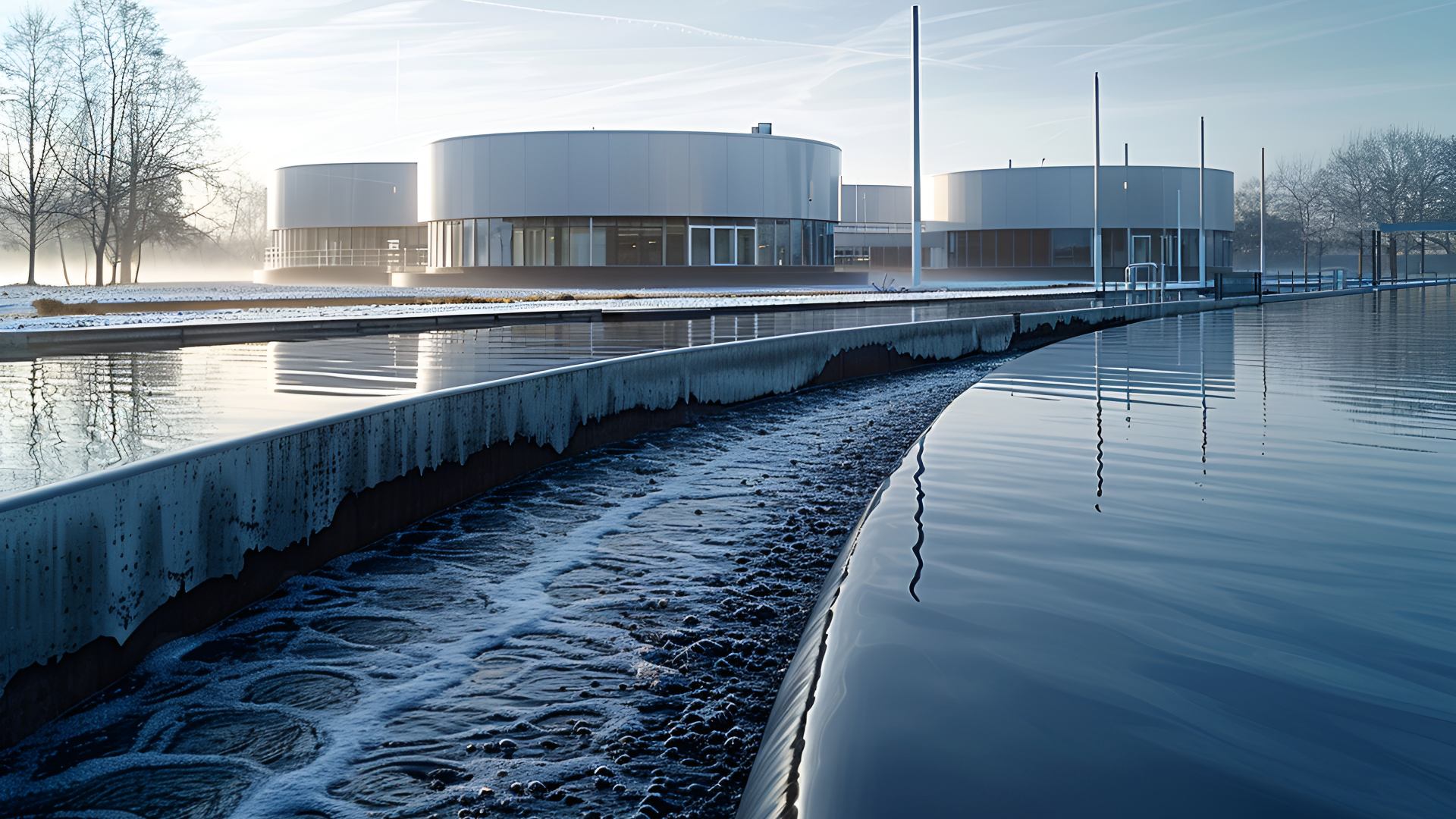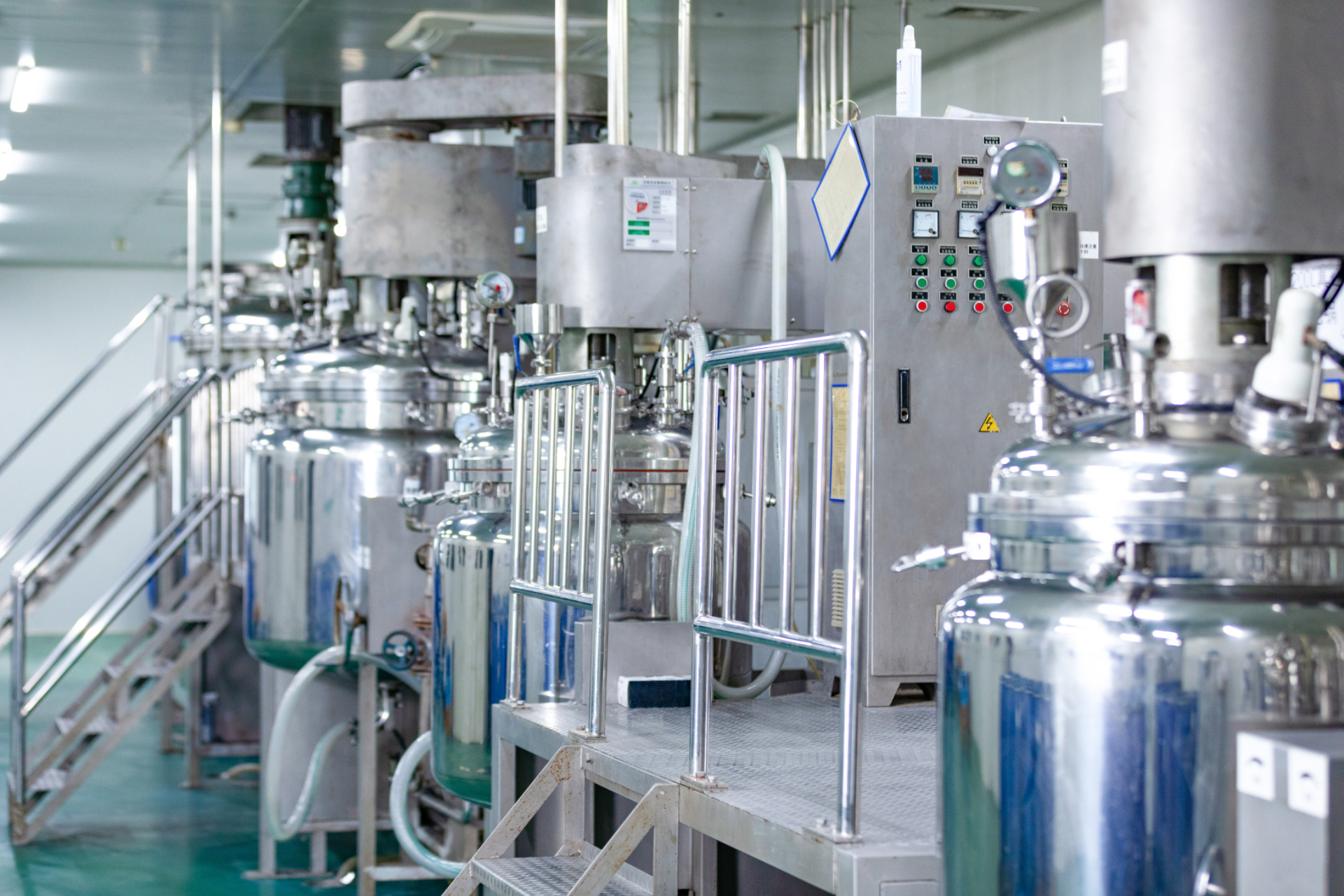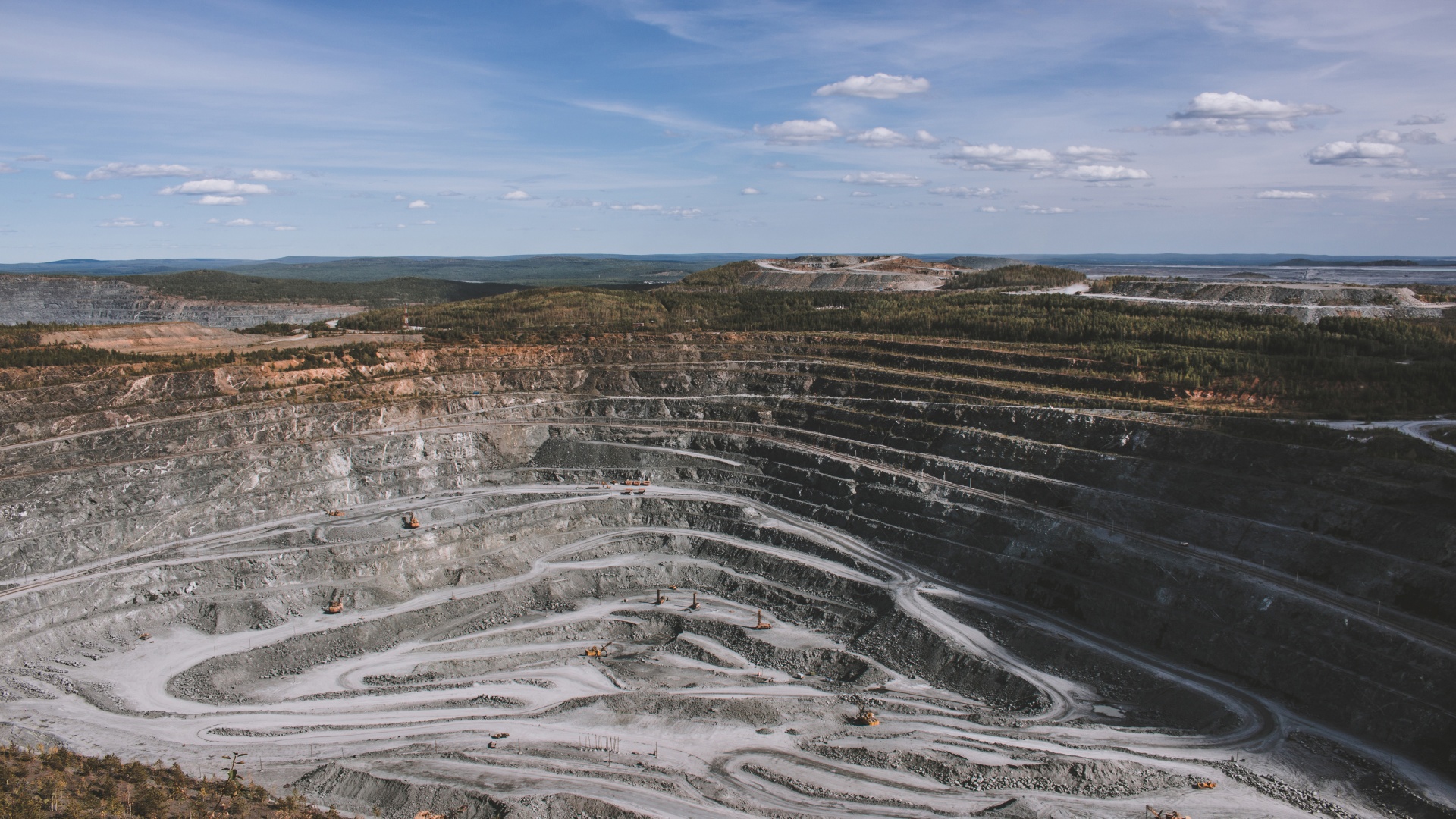- Home
-
Core Technology
Core Technology
-
Business
Business
-
Research and Manufacturing
Research and Manufacturing
-
About Us
About Us


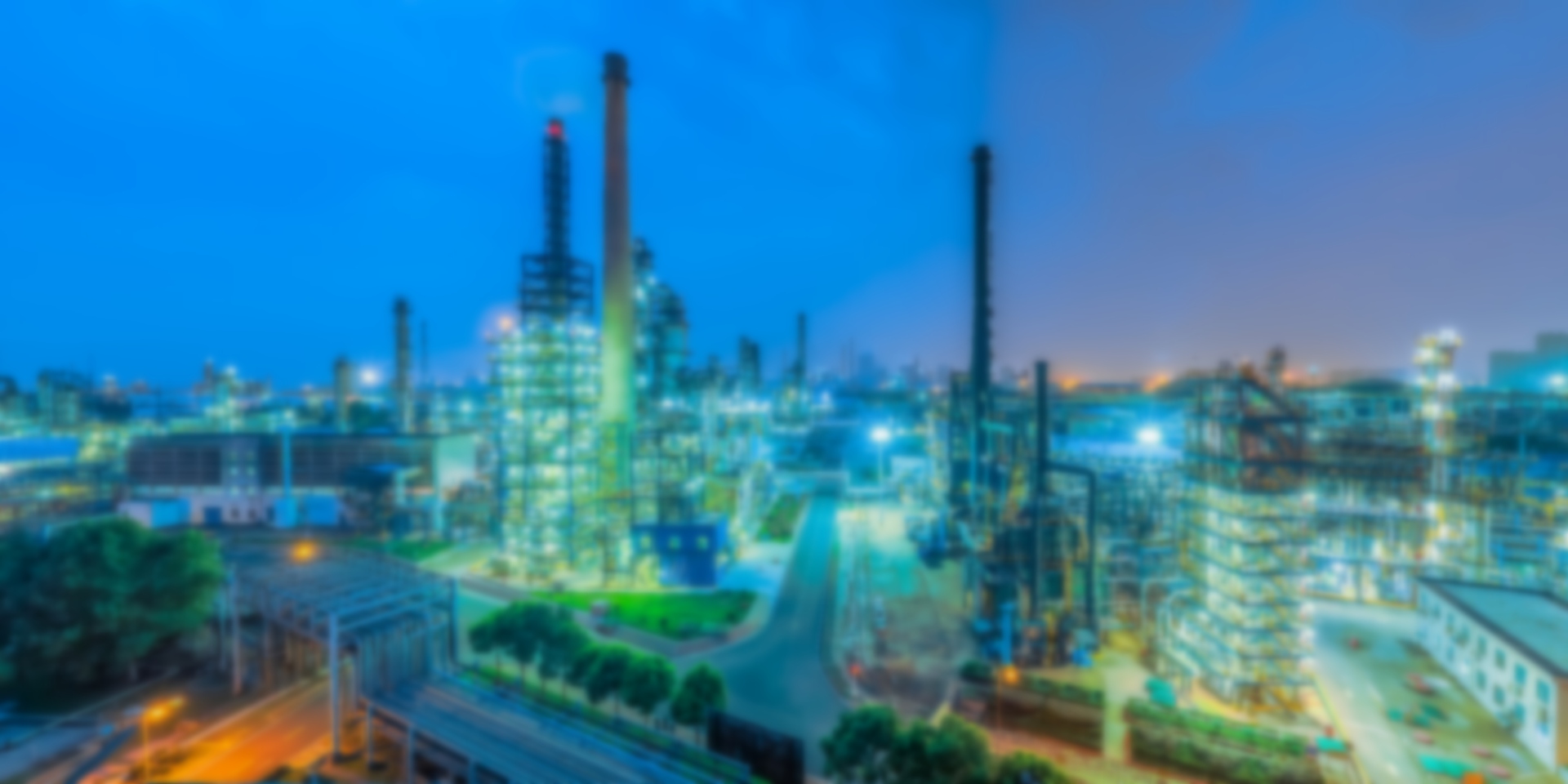
Efficient Energy-saving Measures | low-carbon | Widely Applicable
Evaporative crystallization technology is a common processing method that concentrates the solute in a solution to above its saturation through evaporation, causing the solute to crystallize and precipitate. For example, when treating wastewater containing inorganic salts such as sodium chloride, sodium carbonate, and sodium sulfate, the evaporative crystallization process can effectively separate and purify the target solutes, thereby obtaining high-purity chemical products and achieving the purification and resource utilization of wastewater. The common evaporative crystallization technologies includes: Multi-effect Evaporation(MEE), Mechanical Vapor Recompression(MVR), Thermal Vapour Recompression(TVR) etc.
Sino-Sci Columbus can design more economic, applicable, low-carbon emitting and energy-saving zero emission coverall solution and resource utilization scheme based on the characteristics of different water. The application of MVR Evaporation Crystallization Technology in wastewater treatment has significant energy-saving efforts. By fully utilizing the latent heat of secondary steam, the steam energy consumption and the operating costs for enterprises will be greatly reduced while enhancing market competitiveness at the same time.
Applicable to treatment of high-salinity wastewater or zero discharge treatment in industries such as chemical engineering, metallurgy, pharmaceuticals, food industries for environmental protection. It can also be widely used in seawater desalination, salt production, oilfields, biofuels, power generation, papermaking, chlor-alkali, and metal mining industries.
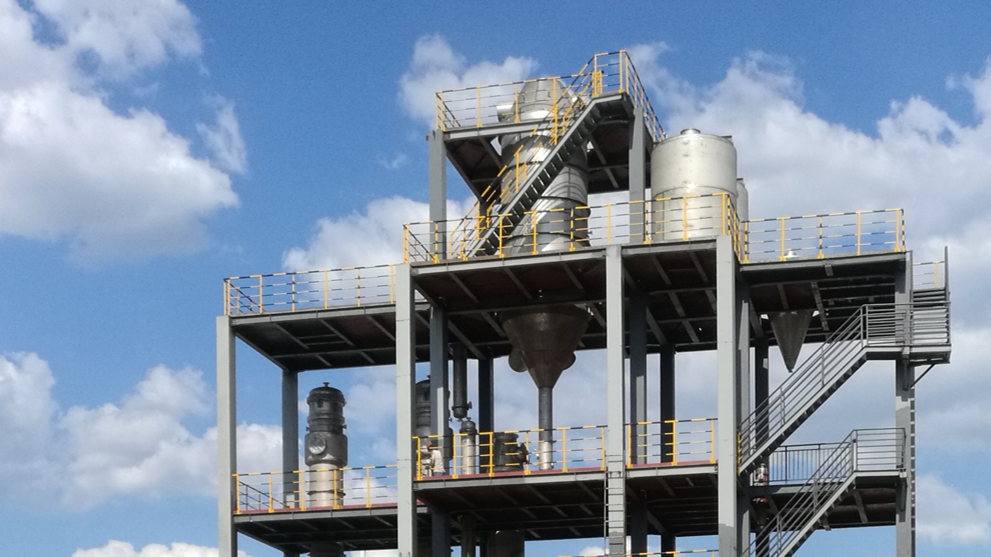
MVR (Mechanical Vapor Recompression) is an energy-efficient technology that recycles the latent heat of secondary steam generated within the system, drastically reducing external energy demand. Here’s how it works: Secondary steam exiting the evaporator is compressed by a compressor, elevating its pressure, temperature, and enthalpy. The upgraded steam is then redirected to the evaporator’s heating chamber as the primary heating source, maintaining the feedstock’s boiling state. After transferring its latent heat, the steam condenses into water, maximizing thermal energy utilization while minimizing cooling water consumption. Beyond the initial startup phase, the entire evaporation process requires only minimal amounts of fresh steam and cooling water, achieving 60–90% steam savings and over 90% cooling water reduction compared to conventional methods. Additionally, it reduces carbon emissions by 50–80%, making it ideal for energy-intensive applications such as lithium battery wastewater concentration, pharmaceutical solvent recovery, and food processing.
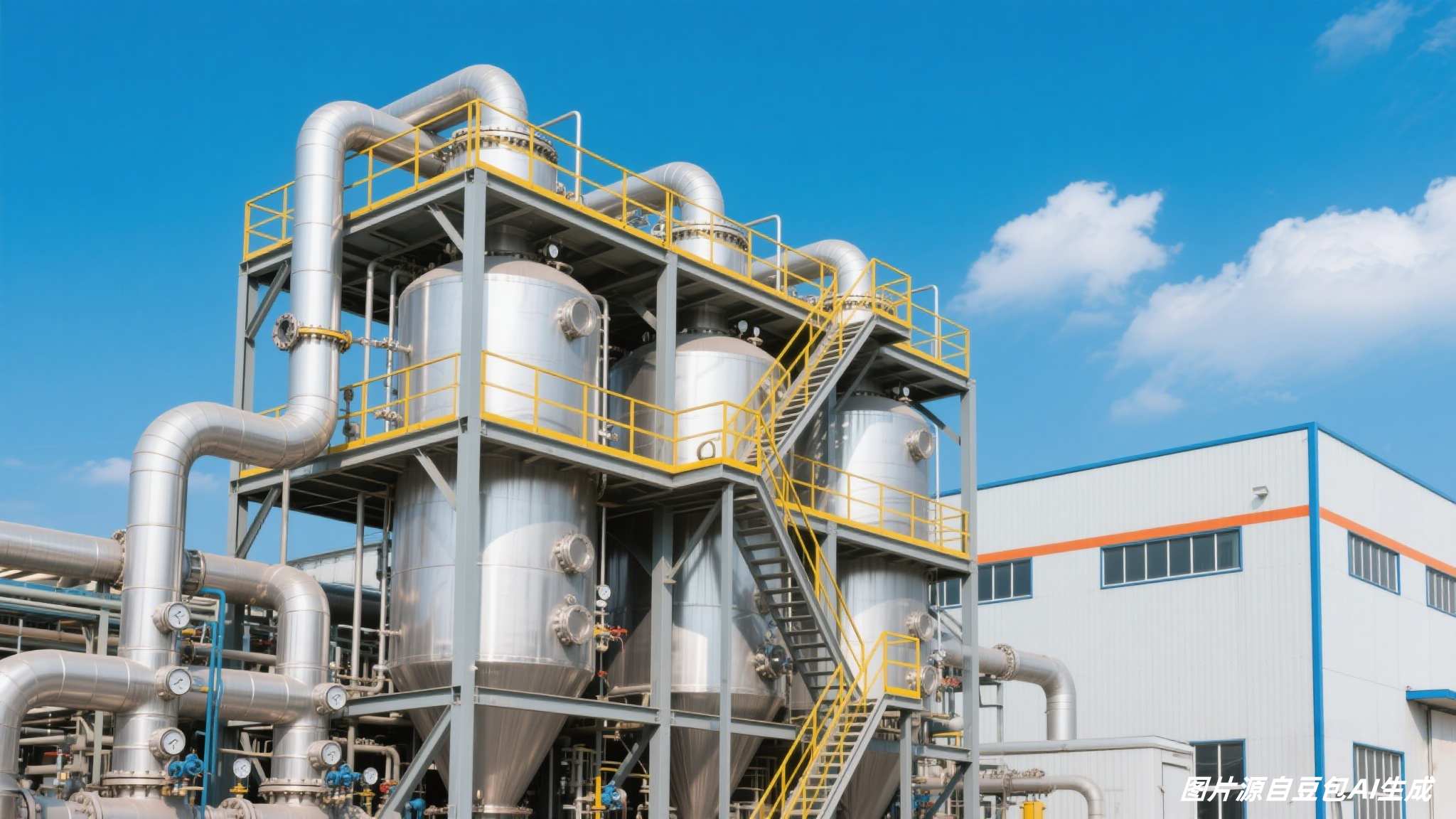
The system has no waste heat or steam emissions, with significant energy-saving effects. The operating cost of the entire evaporation system is only 30% to 50% of that of traditional evaporators
The low evaporation temperature is suitable for materials with high thermal sensitivity, preventing denaturation of the materials.
Eliminating the space required for multi-effect evaporators, boilers, and recirculating cooling towers results in a more compact system compared to traditional evaporators.
The system eliminates the need for extensive cooling water to condense secondary steam, thereby reducing investments in cooling towers and auxiliary equipment, as well as associated maintenance costs.
A self-designed automatic control system with system configuration can avoid human errors, reduce labor costs, and help improve product quality.
